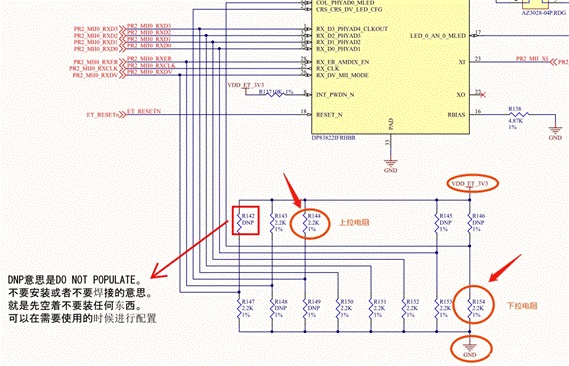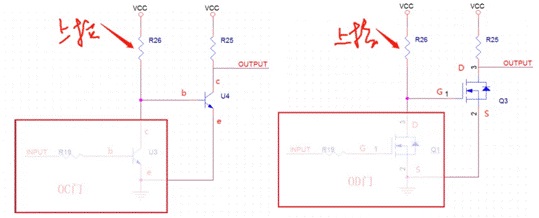The use and difference between pull-up and pull-down resistors
Time:2024-05-20
Views:127
What is a pull-up resistor? Pull-up resistance and pull-down resistance are resistance components, the so-called pull-up resistance is connected to the positive electrode of the power supply, and the pull-down is connected to the negative electrode or ground. Pull-up is to pass an uncertain signal through a resistor clamp at a high level, and the resistor acts as a current limiting function. Similarly, a pull-down also puts an uncertain signal through a resistor clamp at a low level.
So, what are the uses and differences between pull-up and pull-down resistors?
What are pull-up resistance and pull-down resistance
Pull-up is to pass an uncertain signal through a resistor clamp at a high level, and the resistor acts as a current limiting function. The pull-down resistor is directly connected to the ground, and the end of the resistor is low when the diode is connected, and the uncertain signal is placed at the low level through a resistor clamp. Pull up is the input current to the device, pull down is the output current; Strength is only the resistance value of the pull-up resistor is different, there is no strict distinction; For non-collector (or drain) open output circuit (such as ordinary gate circuit) to provide current and voltage ability is limited, the function of the pull-up resistor is mainly for the collector open output circuit output current channel.



Second, the role of pull-up resistance and pull-down resistance
The pull-up and pull-down resistors work together to avoid the "suspension" of the voltage, causing instability in the circuit.
Pull-up resistance:
1. Concept: An uncertain signal is connected to the power supply VCC through a resistor and fixed at a high level; 2, pull up is to inject current into the device, perfusion current; 3, when an IO port connected to a pull-up resistor is set to the input state, its normal level is high.
Pull-down resistance:
1. Concept: An uncertain signal is connected to the ground GND through a resistor and fixed at a low level; 2, pull down from the device output current, pull current; 3, when an I/O port connected to a pull-down resistor is set to the input state, its normal level is low. Pull-up is the device injection current, pull-down is the output current, weak strength is only the pull-up resistor resistance value is different, there is no strict distinction, for non-collector (or drain) open output circuit (such as ordinary gate circuit) to enhance the current and voltage ability is limited, pull-up resistance function is mainly for the collector open output circuit output current channel.

It can be seen that the resistance from the power supply to the device pin is called the pull-up resistance, and the effect is that the pin is usually used for a high level; The resistance from ground (GND) to the device pin is called a pull-down resistor, which is used to keep the pin low.
|
Disclaimer: This article is transferred from other platforms and does not represent the views and positions of this site. If there is any infringement or objection, please contact us to delete it. thank you! |











